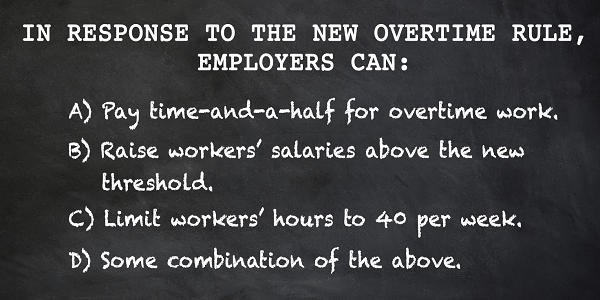The Washington State Department of Labor & Industries (L&I) announced today that the state’s minimum wage will increase 6 cents in 2017. The wage will rise to $9.53 an hour on Jan. 1.
L&I is responsible for calculating the state’s minimum wage each year in September as required under Initiative 688, which voters approved in 1998. The new wage is up from the 2016 minimum wage of $9.47 per hour. Some jurisdictions have approved local minimum wages that are higher than the state’s, including Seattle, Sea-Tac, and Tacoma.
The change reflects a 0.7 percent increase in the federal Consumer Price Index for Urban Wage Earners and Clerical Workers (CPI-W) over the last 12 months ending Aug. 31. The federal Bureau of Labor Statistics (BLS) announced the change this month. The index represents a “shopping basket” of goods needed for everyday living, including groceries, gas, and clothing.
The increase in the minimum wage is expected to affect nearly 51,000 workers, based on full-time equivalent jobs, according to theWashington State Employment Security Department.
The minimum wage applies to all jobs, including those in agriculture. Workers under 16 can be paid 85 percent of the adult minimum wage, or $8.10 an hour, in 2017.
L&I provides materials to help employers inform workers about minimum wage and their rights as workers. Employers are required to post a “Your Rights as a Worker” poster in the workplace, which supplies general information about employment issues. An optional minimum wage poster is also available for employers. Both are free from L&I.
L&I enforces the state’s wage-and-hour laws. The agency investigates all wage-payment complaints. More information on Washington’s minimum wage is available on L&I’s wages webpage. Employers and workers may also call 360-902-5316 or 1-866-219-7321.
Photo credit: Denis Bocquet via Foter.com / CC BY








